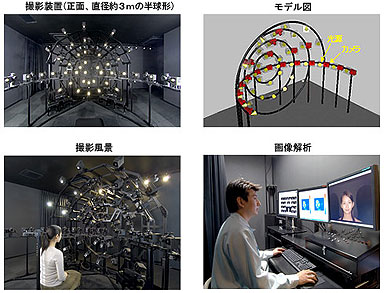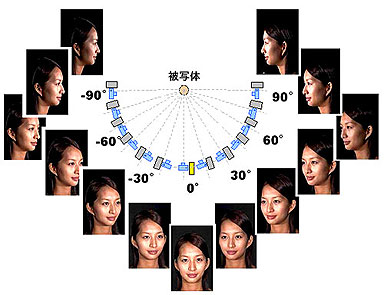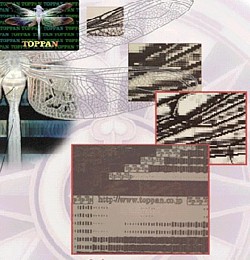 On February 1, Toppan Printing unveiled new nanotext printing technology for inserting microscopic text into holographic images. The company says they plan to use nanotext to provide an extra layer of security to their "Crystagram" holographic anti-counterfeit technology. Test production is set to begin later this month.
On February 1, Toppan Printing unveiled new nanotext printing technology for inserting microscopic text into holographic images. The company says they plan to use nanotext to provide an extra layer of security to their "Crystagram" holographic anti-counterfeit technology. Test production is set to begin later this month.
Toppan's holographic nanotext printing uses electron beams (EB) to print characters 30 times smaller than possible with existing "microtext" technology. With a resolution of about 100 nanometers, it is now possible to print more than 20 holographic characters in a space the width of a human hair (about 80 microns).
Holograms have long been used as an effective method for preventing the counterfeit of items ranging from gift certificates to credit cards to luxury brand products, but organizations find themselves locked into a race with counterfeiters that are quick to adopt new technologies. Nanotext, Toppan argues, provides the next hurdle for counterfeiters to overcome.
Toppan is now working on the technology necessary for mass production, and full market release is scheduled for autumn 2007. The company is aiming for first-year sales of 300 million yen ($2.5 million).
[Source: Toppan press release]


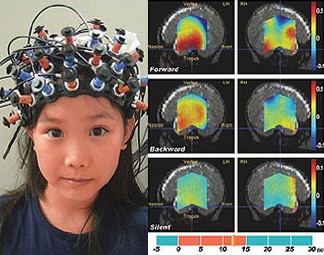 Hitachi has successfully tested a brain-machine interface that allows users to turn power switches on and off with their mind. Relying on
Hitachi has successfully tested a brain-machine interface that allows users to turn power switches on and off with their mind. Relying on 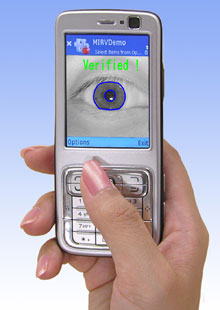 On November 6,
On November 6, 
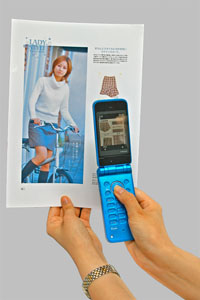 On September 13, Fujitsu unveiled a new type of "invisible" barcode, called FP (Fine Picture) code, which allows data to be embedded directly into color print photographs. FP code consists of a series of faint yellow lines -- said to be invisible to the naked eye -- which are overlaid on the photograph during the printing process. Once encoded, a photograph can retain its original quality while serving as an "
On September 13, Fujitsu unveiled a new type of "invisible" barcode, called FP (Fine Picture) code, which allows data to be embedded directly into color print photographs. FP code consists of a series of faint yellow lines -- said to be invisible to the naked eye -- which are overlaid on the photograph during the printing process. Once encoded, a photograph can retain its original quality while serving as an " On June 21, researchers at Waseda University's Institute of Egyptology unveiled the computer-generated facial image of an ancient Egyptian military commander that lived about 3,800 years ago. The image is based on CAT scans taken of a mummy.
On June 21, researchers at Waseda University's Institute of Egyptology unveiled the computer-generated facial image of an ancient Egyptian military commander that lived about 3,800 years ago. The image is based on CAT scans taken of a mummy.
